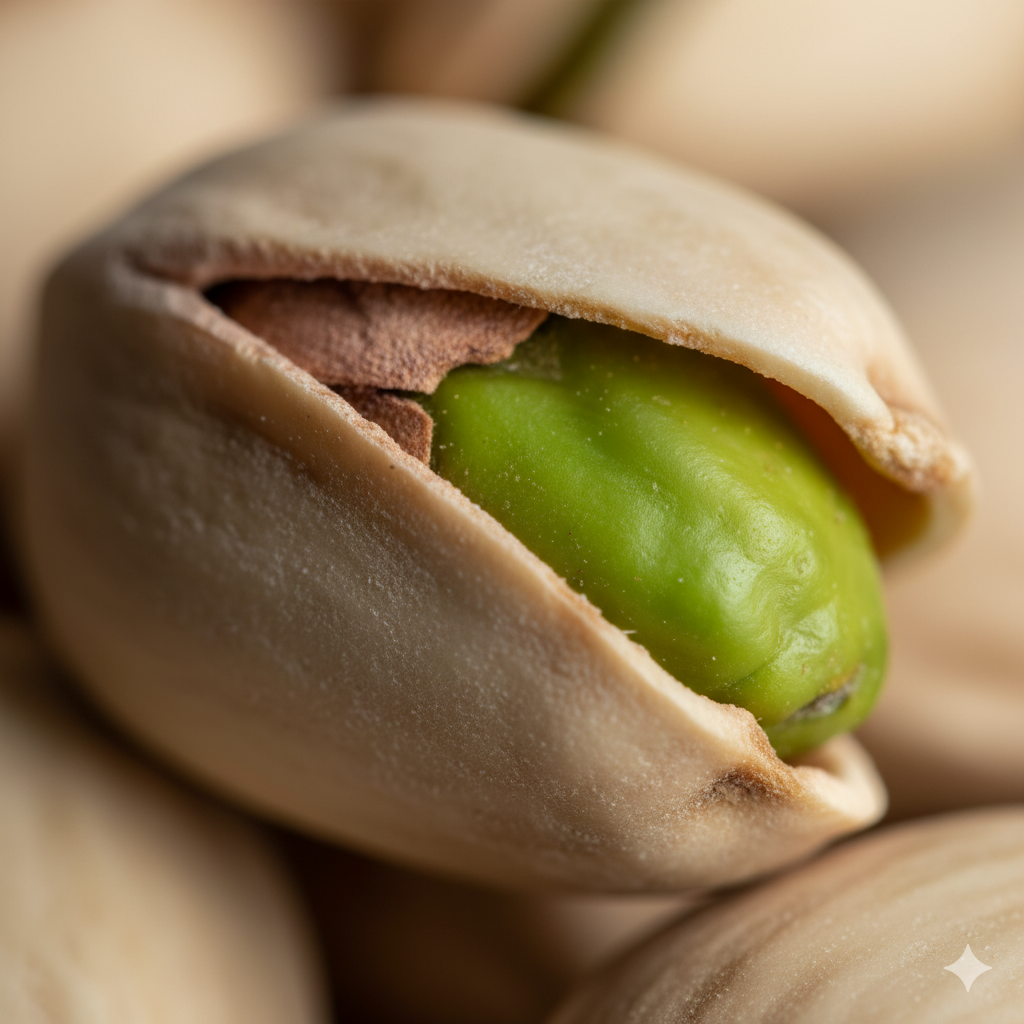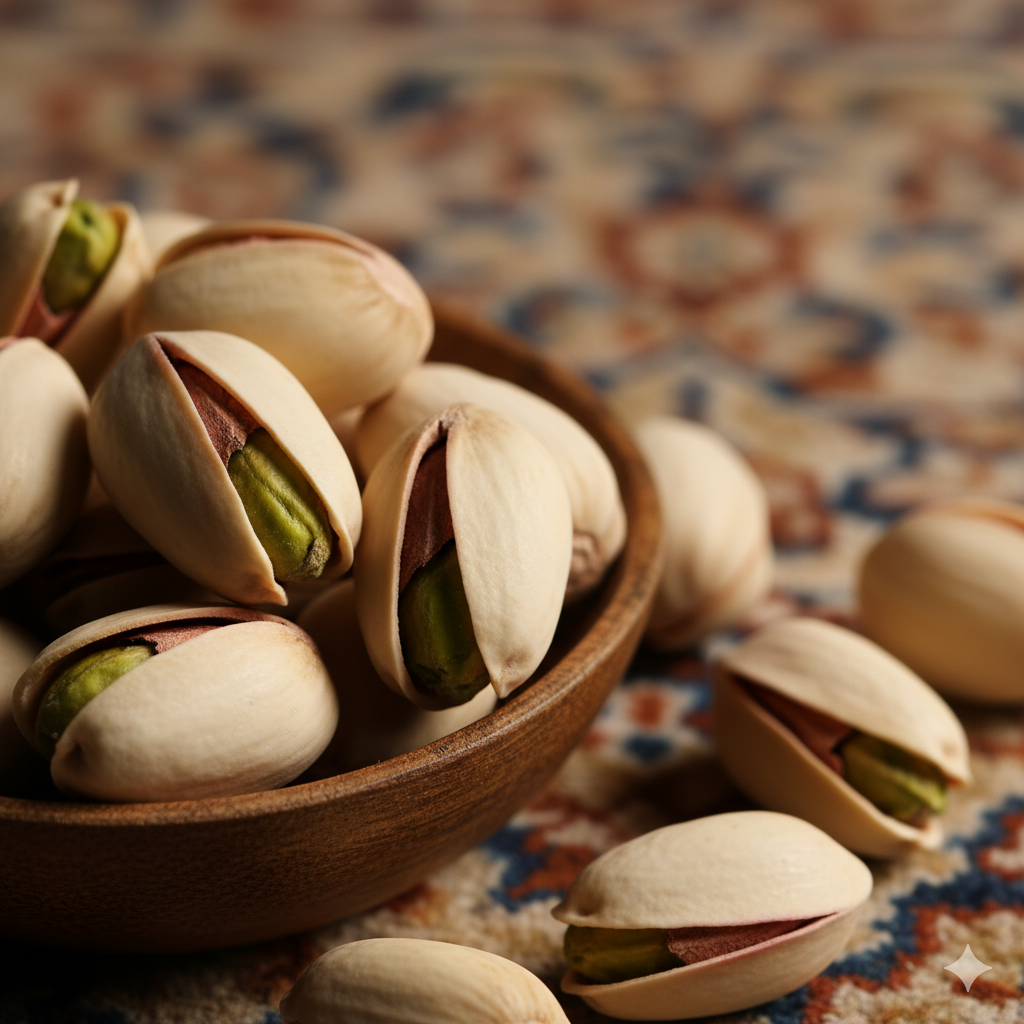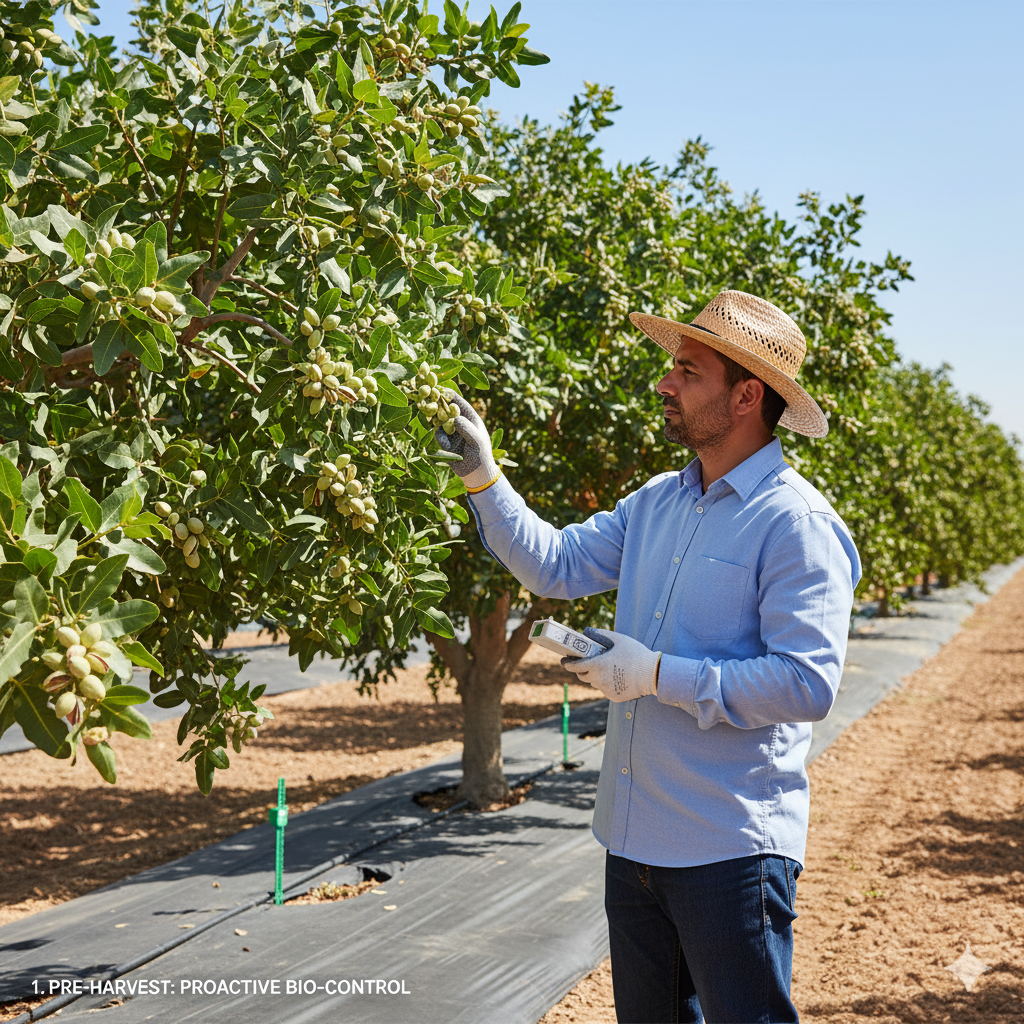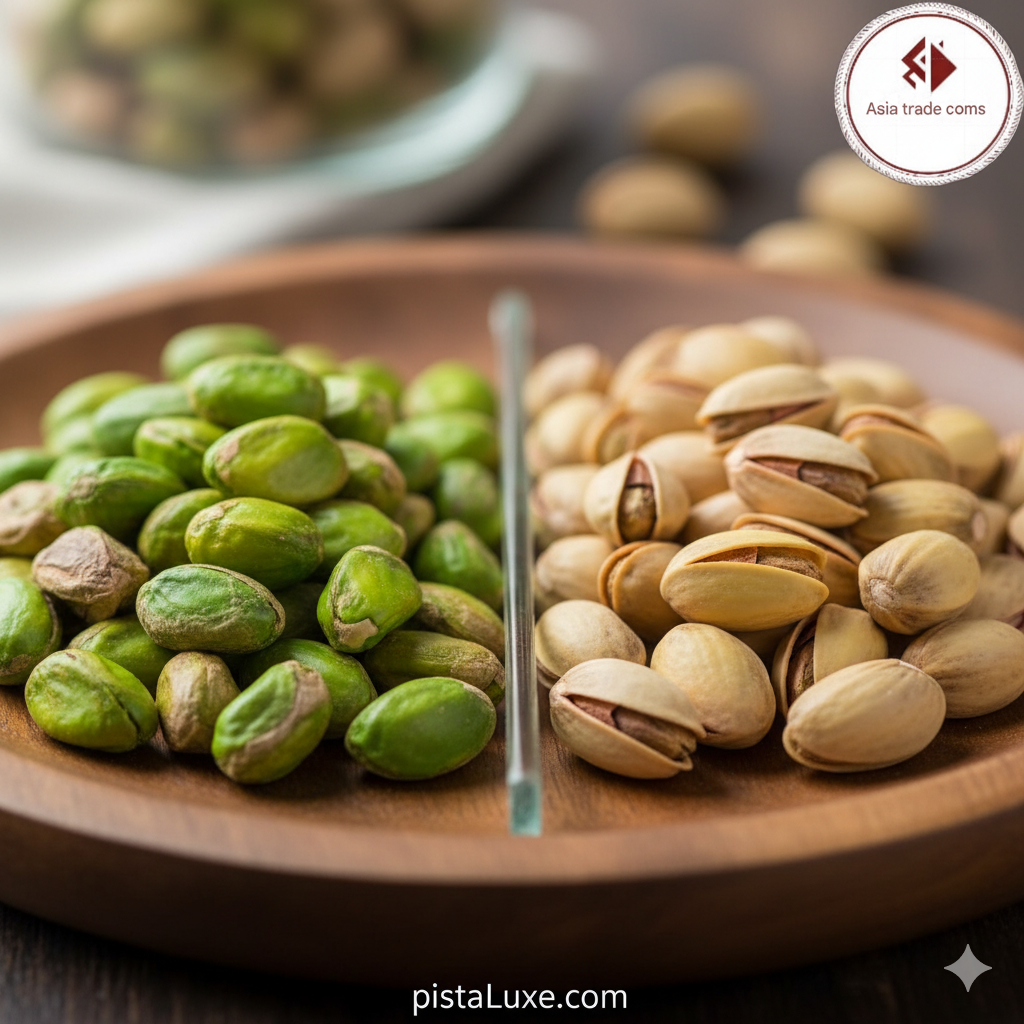
Introduction
Pistachios are more than a nut in Iran’s agricultural portfolio; they are a cornerstone of export revenue and a bellwether for agricultural policy, rural livelihoods, and global food markets. In a landscape characterized by price volatility, geopolitical risk, and evolving consumer preferences, understanding the economic forces shaping pistachio production and trade is essential for farmers, processors, and policymakers alike.
1. Global Demand and Market Segments
- Key Importers and Growth Tiers: China, India, the Gulf Cooperation Council, and the European market represent the primary arenas for Iranian pistachio exports. Growth in premium and organic segments is driven by health trends and snacking innovations.
- End-Use Markets: Confectionery, bakery, and snack foods—along with ingredient markets like pistachio oil and paste—offer value-added pathways that cushion price swings in raw kernels.
2. Price Formation, Exchange Rate Risk, and Policy
- Price Drivers: Global supply-demand imbalances, harvest quality, and storage conditions influence benchmark prices. Local factors such as water access, pesticide regimes, and yield per hectare determine unit costs.
- Currency and Trade Policy: Rial depreciation and export controls can affect competitiveness and cash flow. Sanctions, banking restrictions, and payment channels (e.g., letters of credit vs. alternative settlements) impact transaction costs and risk premiums.
- Policy Landscape: Tariffs, subsidies for inputs (water-saving irrigation, fertilizers), and plant protection programs shape the cost structure and capital expenditure cycles for growers and processors.
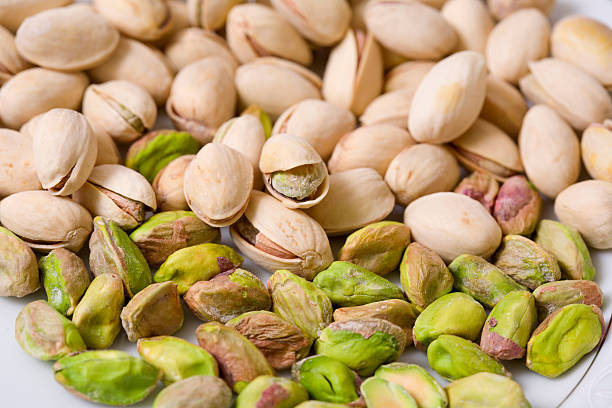
3. Input Costs, Productivity, and Technology
- Water and Irrigation: Pistachio trees are relatively drought-tolerant, but water-use efficiency remains pivotal for long-run cost control and sustainability.
- Agricultural Inputs: Fertigation, soil health, and integrated pest management influence both yield and product quality.
- Technology Adoption: Adoption of orchard planning tools, remote sensing, and mechanized harvesting can reduce labor costs and improve post-harvest handling.
4. Trade Policy and International Competitiveness
- Trade Agreements and Tariff Regimes: Regional and bilateral agreements can alter comparative advantages. Export facilitation and clearance processes affect logistics timing.
- Sanctions and Financial Channels: The ability to access global banking networks and foreign exchange markets remains a persistent risk factor that can distort margins.
5. Supply Chain Resilience and Value Addition
- Vertical Integration Opportunities: From shelling to roasting, grinding, and oil extraction, value-adding activities can improve profitability and diversify risk.
- Domestic Processing Capacity: Local processors can reduce transit costs and enhance export readiness through standardized packaging and food-safety compliance.
6. Outlook and Strategic Implications
- Resilience Through Diversification: Expanding into value-added products, certifications (organic, fair trade, non-GMO), and branded packaging can stabilize revenue streams.
- Sustainability as a Margin Factor: Efficient water use, energy management, and waste reduction can yield cost savings and meet increasingly stringent buyer requirements.
To order or get advice on pistachio and dried fruit varieties, contact our team via our official WhatsApp. Our support team is ready to answer your questions and can help you choose the right pistachio and dried fruit. WhatsApp number 009890214773705


